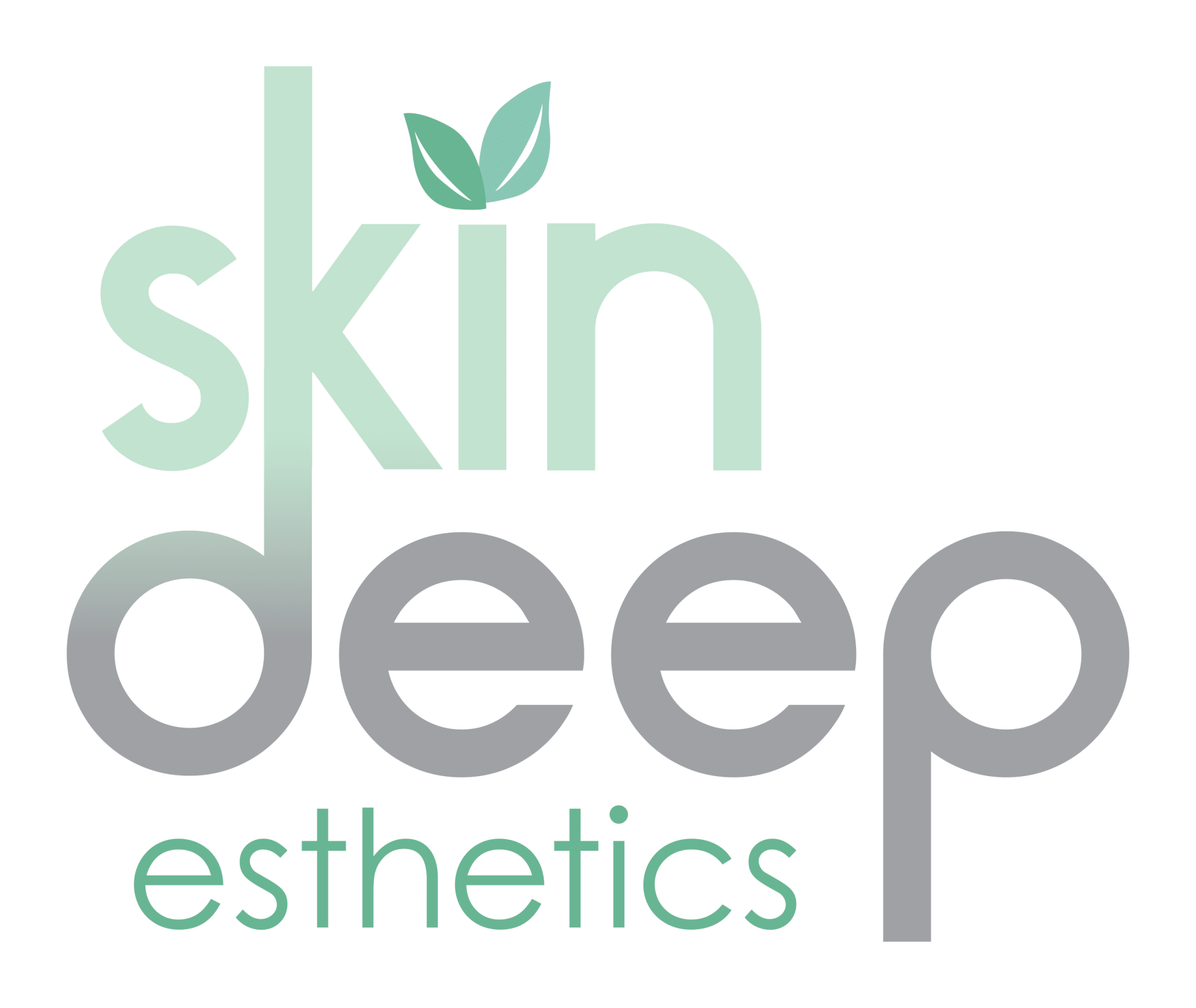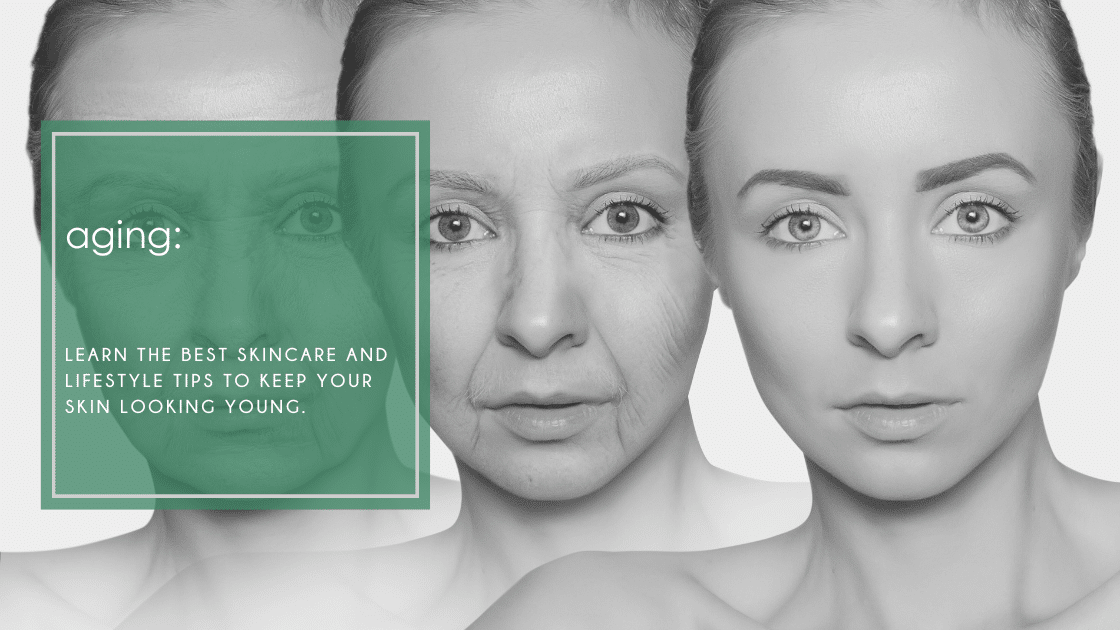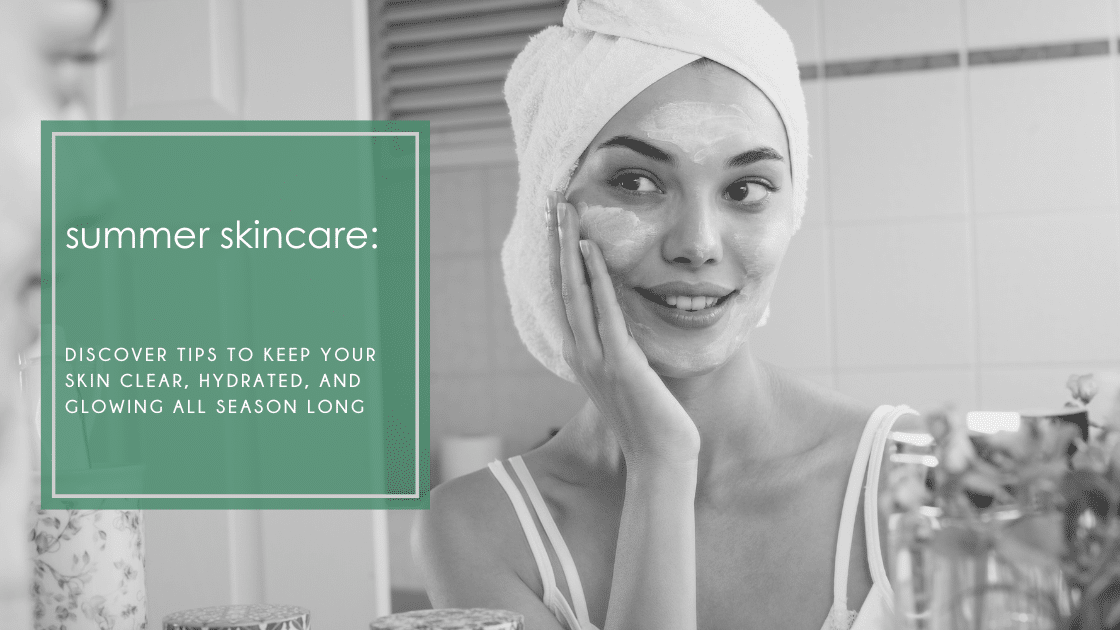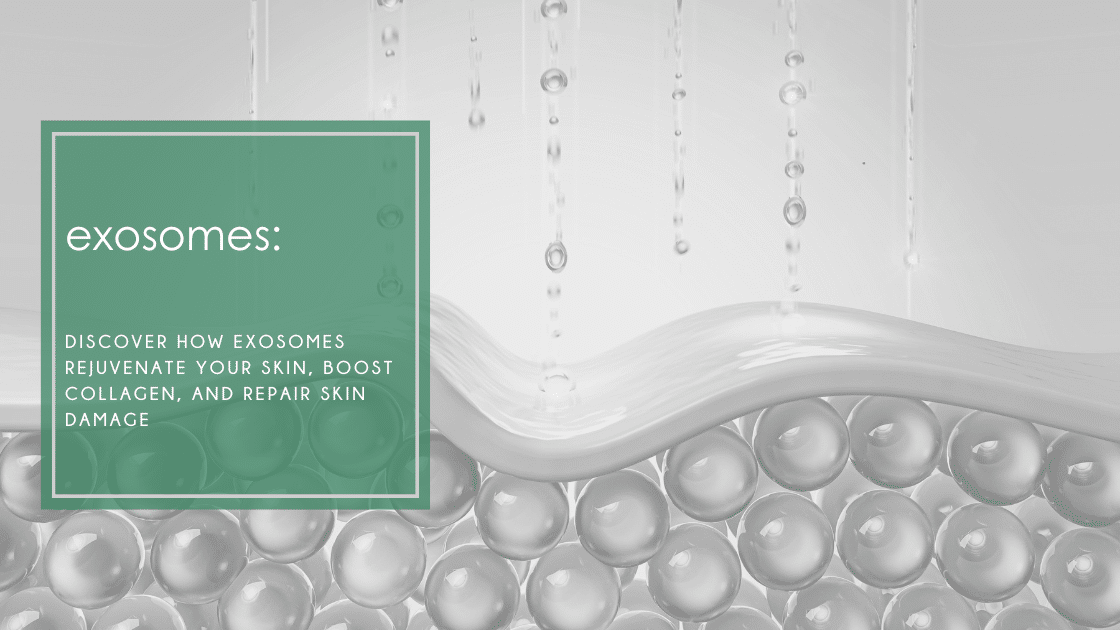The #1 Reason Your Skin is suffering from Hyperpigmentation this Summer
Why does my skin tone look so uneven?
Hyperpigmentation is the #1 question I get asked about this time of year. Most of it has to do with being outside in the sun all summer, traveling, heading to the beach or pool, taking walks or bike rides with the kids, or for exercise to get out of the house.
Today we will talk about what causes the skin to become uneven and discuss ways for you to help your skin out (without having to live in a bubble).
Let’s get a little science geeky here!

Everyone’s skin tone comes from pigment cells, called melanocytes. Melanocyte cells produce melanin, which gives us our unique skin color. Lighter skins produce less melanin and darker skins produce more melanin.
Melanocytes protect our skin cells by darkening when we get sun exposure. This is our skin’s natural defense mechanism.
Basically, a tan is not good and the melanocytes darken to protect the skin cells in the Dermis layer (the second layer of skin, also known as the live layer). This damage is known as dark spots, also called Hyperpigmentation.
When the UV rays hit our skin, they activate the melanocyte cells, which is why you still get a tan even when you wear SPF.
Most of us don’t apply SPF properly anyway, but that is another blog post…
Dark spots happen when the melanocyte cell darkens (tans) to protect the skin cells in the Dermis from damaging UV rays. Over time, these melanocyte cells accumulate damage which causes them to age and not function properly.
When I say accumulate damage, this is from years of tanning, plus multiple sunburns. Our skin is an organ and has a memory of every sunburn we have ever had. Sunburns damage the melanocyte cells and cause hyperpigmentation.
As we hit our late 30s and 40s, we begin to see hyperpigmentation popping up, which is the effect of years of damage to the skin. For some reason we abuse our skin, not treating it like an organ. We feel like we are invincible in our teens & early 20s and we will never age! But unfortunately, it eventually catches up.
Hyperpigmentation is something we see a lot of in spas and one of the top client skin complaints. It can be treated; we will get into treatments a bit later.
A note from Samantha
I want to remind you that our skin is a detox organ and shows us when there is a problem inside the body. Our job is to pay attention to those skin conditions and figure out where the imbalance is.
Throwing products at our skin to lighten it is not going to help the problem. We must find the root cause in order to heal our skin.
Let’s get into Melasma and its causes!
Melasma
Melasma (dark patches on the skin), is also known as the mask of pregnancy. We believe that the sun causes this, but newer research is finding that melasma is caused by internal inflammation. Melasma is different than hyperpigmentation, resulting in larger patches, not small dark spots. Dark spots are caused from the sun.
Some common causes of Melasma:
- Liver health
- Hormones
- Thyroid hormones
- Medication
- Stress
- Lack of sleep
Hormones
Melasma is known as the “mask of pregnancy” because many women, especially with darker skin tones have been known to suffer from this skin condition during a rapid shift in hormones. Hormones play a big role in the cause of melasma.
The good news is typically the skin lightens up after your hormones regulate. Unless there is an underlying hormonal imbalance.
Melasma has become more common in women who are taking birth control or hormone replacement therapy.
Thyroid Hormones
Studies have shown that melasma is linked to hyperthyroidism in adults suffering from melasma.
If you are able to manage your thyroid, you will not only feel better, but your skin will begin to lighten up and heal itself.
Just remember that certain medications can also cause melasma. I suggest seeking out a naturopathic doctor or functional medicine doctor to help you find the root cause and help you heal from the inside out.
Medication
There are both oral and topical medications that cause melasma.
Oral medications include birth control pills or hormone replacement therapy, anti-seizure medications, blood pressure medications, and some antibiotics.
Topical medications include retinols (which most doctors don’t tell you retinols make your skin sensitive to the sun!)
Stress
We are all stressed! Stress increases cortisol in our body, which alters our hormones. Any rapid shift in hormone levels can increase the appearance of melasma.
Stress can also prevent us from getting proper rest, which causes more stress. This is a vicious cycle because lack of sleep increases cortisol levels in the body.
Sleep
This area is being studied more, however, I was able to find an article about sleep and melasma. I’ve said it multiple times already, the skin is an organ! While we sleep, our organs repair themselves, which means if we aren’t getting proper rest, our organs can’t fully heal & repair.
This is why getting enough rest is crucial!
Liver Health
Not all liver conditions come from alcohol! Studies are also being done to test the liver for non-alcoholic fatty liver because some findings show that melasma is linked to liver health.
Our liver is both an organ and a gland. It aids in detoxification and if our body is unhealthy and is inflammed from our diets and lifestyles, it makes sense that our liver becomes stressed and can’t detox properly.
Our skin is also a detox organ, which directly links to our liver. This is an organ most don’t think to check. Again, seeking out a functional medicine doctor or naturopathic doctor can help you heal and repair your liver.
Now that you have an understanding of how certain elements inside the body can affect your skin. Let’s get into the topical treatments
What products should I use for dark spots?
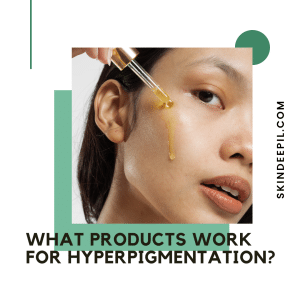
Sunscreen
First and foremost, you MUST be wearing an SPF and reapplying every single day!
SPF is the #1 protectant against the sun and can keep the skin tone from darkening.
We recommend a daily SPF moisturizer for daily use and a regular SPF that you can easily reapply when outside for extended periods of time. For example, the regular SPF is best for sitting at your kids’ sports games or at the pool or beach. The daily SPF is best when working from home.
Vitamin C
You should also be using a Vitamin C serum to boost the effectiveness of your SPF but also heal melanocytes. Vitamin C is an antioxidant that fights free radical damage. Free radicals speed up the aging process & are responsible for hyperpigmentation.
Click here to read our blog about Vitamin C
We love to combo serum ingredients to help fight aging and add antioxidants to your skin at once. We have an amazing night serum that helps with wrinkles + brightening the skin.
You can even add in Vitamin C ampoules underneath your night serum to specifically target hyperpigmentation and melasma.
Tranexamic Acid
This ingredient is newer to the market and works by targeting dark spots and melasma. The one thing to know about tranexamic acid, it can take 8-12 weeks for the skin to lighten. You must be patient when using this product.
This serum can be used both day and night, however, we recommend using it in the morning. Tranexamic acid can be a bit strong for some skin, causing redness or dry skin. I recommend easing your skin into this serum and only using it twice a week to start.
Skin lightening is more challenging to treat, so it will take time to lighten your skin up.
Doing a combination of both at-home products and treatments with a licensed professional will help you achieve those desired results and help your skin heal faster.
Facial Treatments for Hyperpigmentation and Melasma
I love LED treatments for hyperpigmentation. These treatments must be done twice a week for about 4-6 weeks in order to see results.
You will see the most benefit from LED treatments when paired with the above serums. Being on the holistic side of skincare, this is the approach I prefer.
Other treatments for hyperpigmentation and melasma include chemical peels, microneedling, and laser treatments.
Before beginning any treatment or skincare regimen, seek out a licensed professional and schedule a consultation to understand what treatments and products will help your specific skin’s needs.
Doing research online or buying a product because someone claims it will work is not how to go about healing your skin.
Skin experts are trained and understand how the skin works and how to properly help it heal. Throwing random products at your skin is not the solution, nor will it ever save you time or money.
To schedule a consultation or facial, please click this link
If you have questions or comments, please share them below
We will be back next week with another blog!
XO
Samantha
